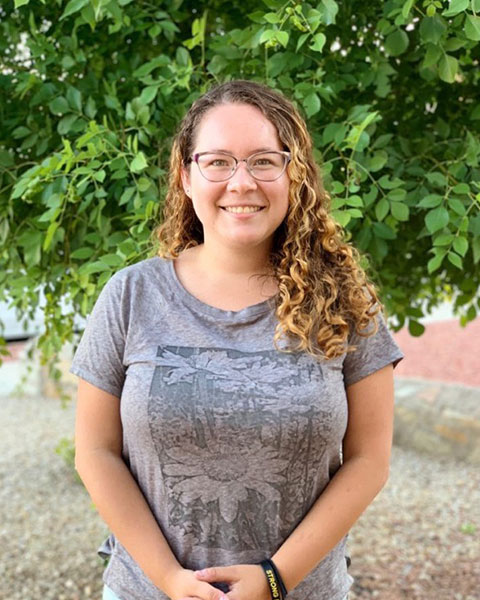Violence / Aggression
(PS1-C70) Cyber Dating Abuse Victimization and Perpetration Among Latinx College Students
- AC
Ariana Cervantes, M.A.
Graduate Research Assistant
University of Texas at El Paso
El Paso, Texas 
Mariany A. Gainza Perez, B.S.
Graduate Research Assistant
University of Texas at El Paso
El Paso, Texas- AR
Andrea Rodriguez-Crespo, B.S.
Graduate Research Assistant
University of Texas at El Paso
El Paso, Texas - IC
Ivan Cervantes, None
Undergraduate Research Assistant
University of Texas at El Paso
El Paso, Texas - SS
Sandra Sierra, B.A.
Graduate Research Assistant
University of Texas at El Paso
El Paso, Texas - TC
Theodore V. Cooper, Ph.D.
Associate Professor
University of Texas at El Paso
El Paso, Texas
Author(s)
Co-Author(s)
Approximately 40% of college students experience cyber dating abuse (CDA; Wolford-Clevenger et al., 2016) of which, victims encounter an array of problematic functional and mental health outcomes (Wood et al., 2018); ethnic minorities may be at increased risk (Jenaro et al., 2018). In addition, the manipulative nature of need for drama as a personality trait (Frankowski, 2019) and increased rates of microaggressions in online platforms (Rodis, 2021) suggests that these may be risk factors for CDA. Moreover, the role of social support has been found to be a protective factor against in person victimization (IPV; Espelage et al., 2019; Lachapelle et al, 2021; Sabina et al., 2021). The aim of the present study was to assess how types of CDA victimization and perpetration may relate to a need for drama, online social support, and experiences of perceived microaggressions in a Latinx college student sample.
Self-identified Latinx college students (n=502) from a Hispanic Serving Institution (Mage= 20.65 years, SD = 3.35; 77.1% female) were recruited via SONA, a web-based recruitment system. After signing an electronic consent form, participants completed the following measures: sociodemographics; Cyber Dating Abuse Victimization and Perpetration Scale (CDA); Need for Drama Scale (NFD); Online Social Support Measure (OSSM); Racial-Ethnic Microaggression Scale (REMS). Linear regression models assessed the relationships between CDA subscales and NFD, OSSM, and REMS subscales.
Results indicated that CDA sexual abuse victimization was positively associated with OSSM negativity, NFD persistent perceived victimhood, and REMS second class citizen assumptions of criminality. CDA other abuse victimization was positively associated with OSSM negativity, NFD interpersonal manipulation, and REMS second class citizen assumptions of criminality. CDA sexual abuse perpetration was positively associated with OSSM negativity, NFD interpersonal manipulation, and REMS second class citizen assumptions of criminality and negatively associated with REMS assumptions of inferiority. CDA other abuse perpetration was positively associated with OSSM negativity, NFD interpersonal manipulation, and REMS second class citizen assumptions of criminality and negatively associated with NFD persistent perceived victimhood and REMS assumptions of inferiority.
Findings suggest that individuals who experience perceived CDA victimization may be targeted for their lack of social support and see themselves as second class citizens enabling them to allow these types of behaviors. As for CDA perpetrators, their assumptions about themselves contribute to the understanding that they do not view themselves as inferior although they hold the belief that others view them as criminals. This in conjunction with low or negative online social support fits the depiction for what other literature (Curry & Zavala, 2020; Peskin et al., 2017) has stated about IPV perpetrators. Moreover, the identification of certain personality constructs in both victimization and perpetration suggests a need to examine temporal relationships more closely in addition to other variables such as familism, collectivism, and in person social support with online social support.

